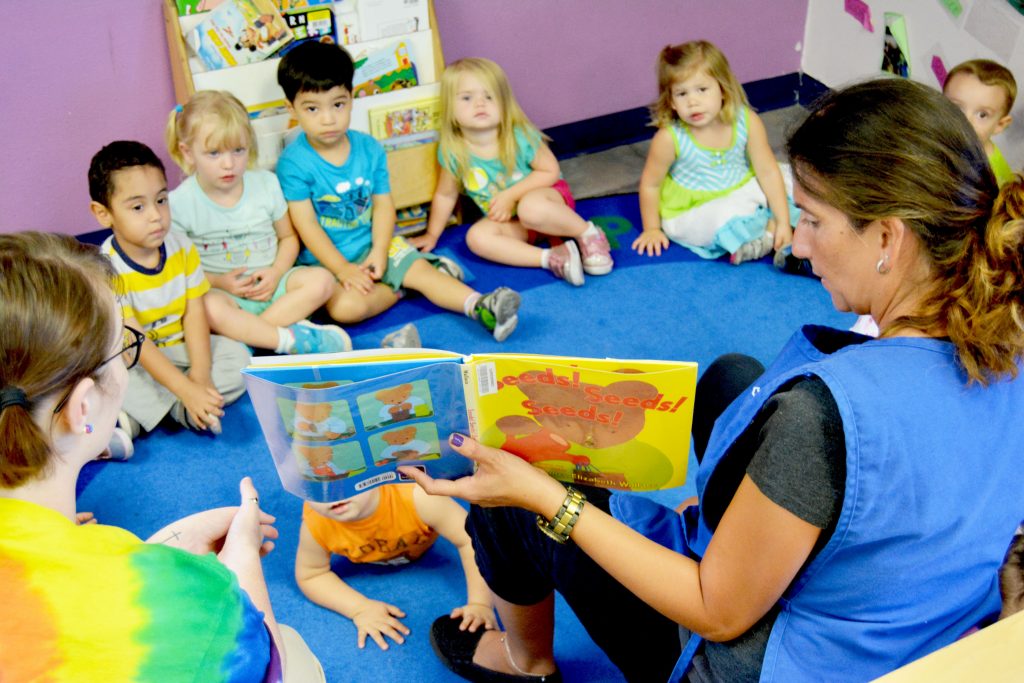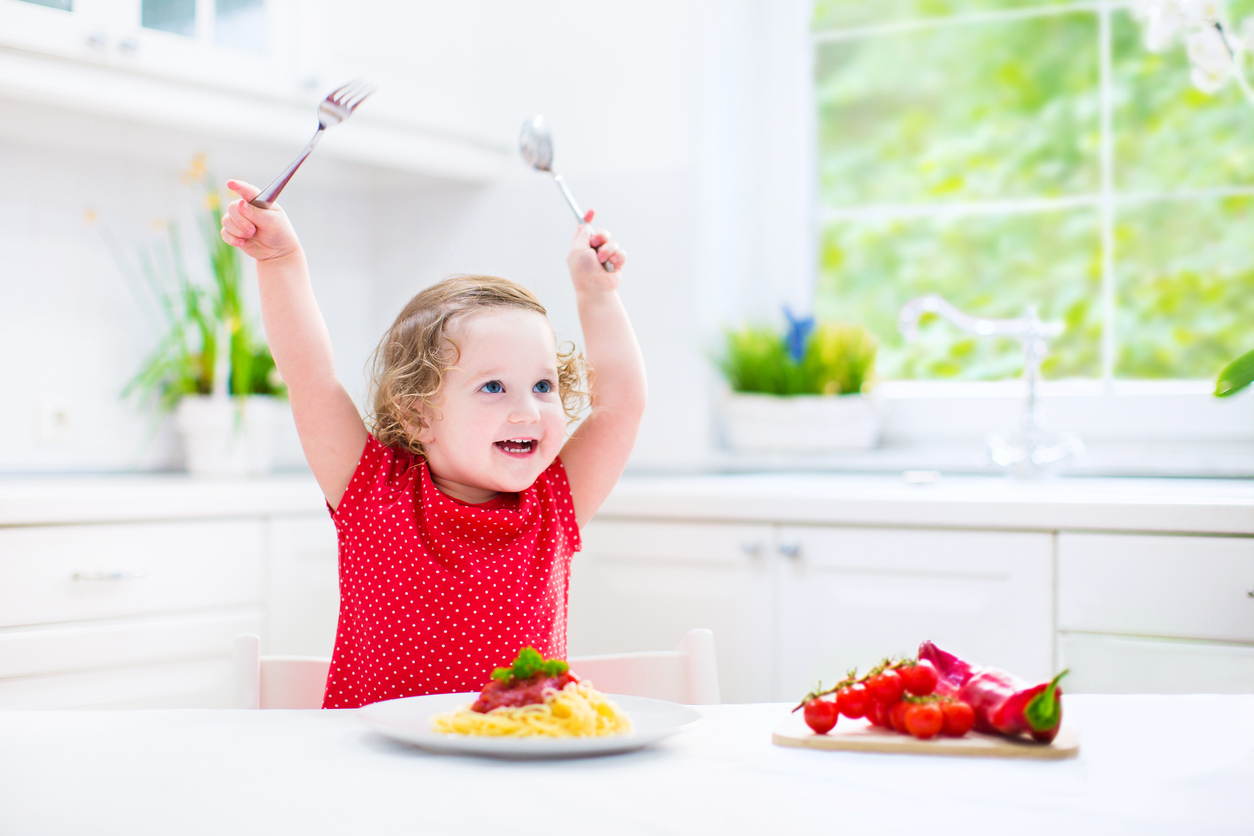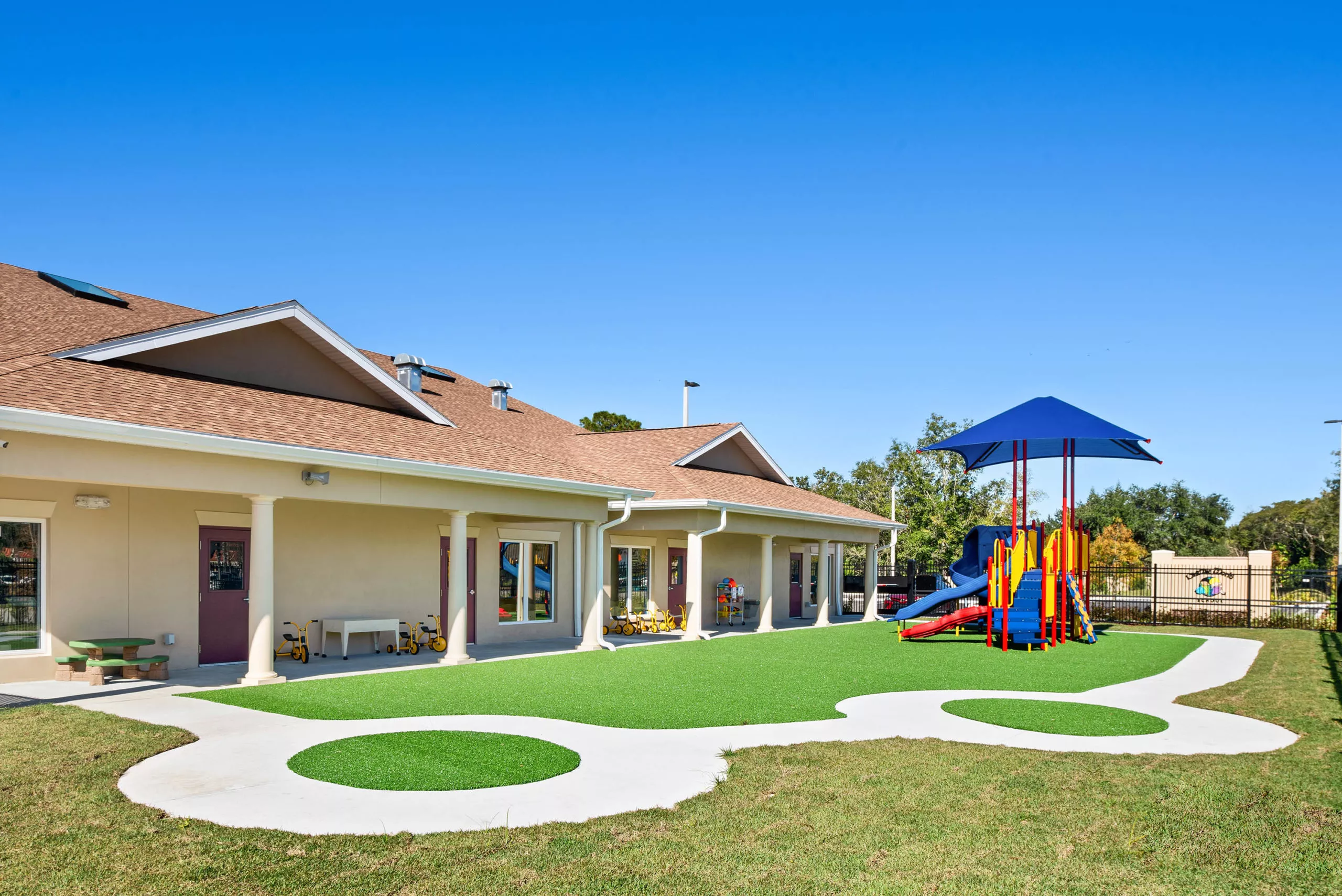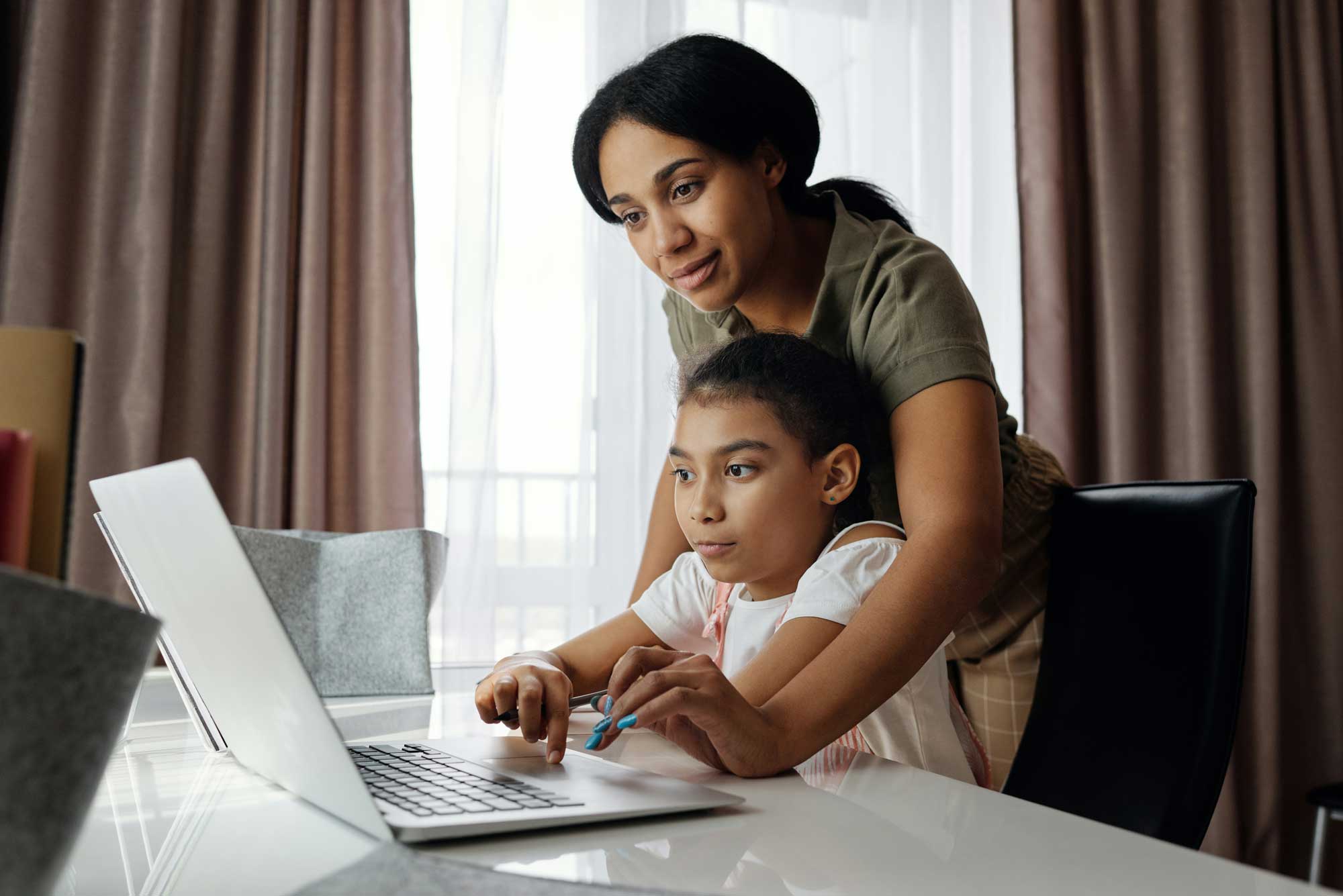
Managing Separation Anxiety When Starting Preschool
Creative world school Oct 29, 2025Preschool drop-offs can be an emotional rollercoaster. One second your little one’s happily munching their waffle, the next they’re wrapped around your leg, bawling, begging you not to leave. If you’ve ever walked out of the classroom holding back tears or sat in your car feeling all the feels, this is for you.
Normal separation anxiety in children is common and healthy. Research shows that up to 10% of preschool‑age children experience anxiety symptoms typical of separation anxiety. even when it doesn’t reach the level of a clinical disorder But just because it’s common doesn’t mean it’s easy for your child or for you. Thankfully, there are simple, gentle ways to ease this transition and help your child feel safe, supported, and even excited about going to school.
Why Separation Anxiety Happens When Preschool Starts
For young children, being away from a parent isn’t just a change in location. It’s a big emotional shift and some children are more sensitive than others. They’re learning how to feel okay without their familiar home routine, their cozy blanket, and most importantly – you. This is often their first real experience of being apart from the people and spaces that feel most secure. Kids don’t understand time in the same way adults do. So when you say, “I’ll be back after story time,” that might feel like forever to them. Add in a noisy classroom, a new teacher, and unfamiliar rules, and it’s not surprising that many children feel overwhelmed.
Helping your child adjust to preschool means helping them learn that goodbyes are temporary and school is a safe place. A great way to introduce this concept is through books. The Kissing Hand by Audrey Penn is a classic for a reason. It’s a tender story about a raccoon heading off to school and the sweet way his mom helps him feel loved, even when she’s not with him. Another favorite is Llama Llama Misses Mama by Anna Dewdney. The rhymes are easy for little ones to follow and the story reassures kids that it’s okay to miss you and that you’ll be back.
How to Help a Child Adjust to Preschool
If your child is showing signs of anxiety, know that this is all part of learning something new. It’s like riding a bike. It takes practice, encouragement, and a few wobbly moments. But they get there. One of the best things you can do before preschool starts is build familiarity. If your child’s school offers an open house, take them. Walk around together. Let them explore the playground, meet their teacher, and peek inside the classroom. Even just driving by the school a few times can make it feel less mysterious.
In the mornings, aim for a routine that’s calm and predictable. That doesn’t mean every day will be perfect, but having a rhythm like waking up with music, breakfast together, and a cheerful “Let’s go!” sets a tone of confidence and stability. You can also create a short goodbye ritual. It might be a special handshake, a silly dance in the car, or a kiss in their palm (thank you, Chester Raccoon). These routines become anchors in your child’s day, something they can count on even if everything else feels new.

Preschool Drop-Off Tips for Parents
As parents, sometimes we’re the ones struggling at drop-off. Watching your child cry or cling can feel heartbreaking, especially when you’re trying to stay calm and keep the line moving. Here’s what actually helps: keep your goodbye short, loving, and calm. Long, drawn-out goodbyes can make things harder for both of you. Try something simple and reassuring, like, “I love you. I’ll see you right after rest time,” or “I’ll be back after you play outside.” Then give a quick hug or kiss, smile, and head out, even if it’s tough.
What doesn’t help is hanging around too long or going back for “just one more hug.” It might feel comforting in the moment, but it can actually make things harder. Your child might start to wonder if something’s wrong or if they really do need you to stay. Sneaking out while they’re distracted can also seem like a quick fix, but it often leads to more anxiety later. They notice when you’re gone and may feel confused or upset that you didn’t say goodbye. And while it’s tempting to offer a treat or a special surprise to stop the tears, that can turn into something they expect every time. The best thing you can do is keep your goodbye short, loving, and consistent. It helps your child learn that goodbyes are okay and that you always come back.
Teachers also play a big role. Strong parent-teacher communication and consistent classroom routines are two excellent ways to help children settle in and build trust in a new environment. So don’t hesitate to check in with your child’s teacher. Ask how they’re adjusting and let them know what helps your child feel calm.
What If My Child Still Cries Every Morning?
It’s a valid question and a cold reality for many parents who are doing everything “right”. Truthfully, kids take longer to settle in, and that’s okay. If your child is still crying at drop-off two or three weeks in, it doesn’t mean they’re not ready. Some children take more time to feel safe in new environments. If your child is coping with first-day preschool anxiety – or second week, or third – keep doing what you’re doing. Stick to the routine, keep goodbyes brief, and celebrate the little wins.
Talk about school in a positive way during the day. Instead of asking, “Did you cry again?” try, “What was your favorite thing today?” Focus on the fun parts: snack time, the pet turtle, finger painting, or a funny story from circle time.
Another helpful resource is Bye-Bye Time by Elizabeth Verdick. It’s written just for toddlers and preschoolers and includes kid-friendly strategies for handling goodbyes with confidence.
Creative World School Supports Your Family Through It All
At Creative World School, we know starting preschool is a big moment for both you and your child. That’s why our classrooms are warm, welcoming, and full of fun, hands-on activities. Our teachers are great at helping kids feel safe and supported, especially when drop-off feels a little tough. We partner with parents to create routines that make mornings smoother and help children feel ready to start their day. Some kids walk right in with a smile, and others need a bit more time and comfort. We’re here for all of it, offering support and encouragement each step of the way.
Looking for a school that understands the emotional side of starting preschool? Find a Creative World School near you and come visit. We’d love to meet your little explorer.







